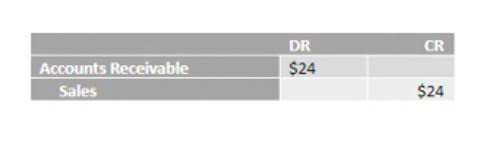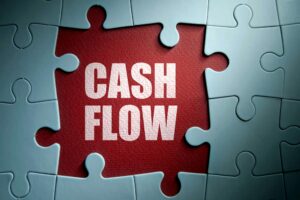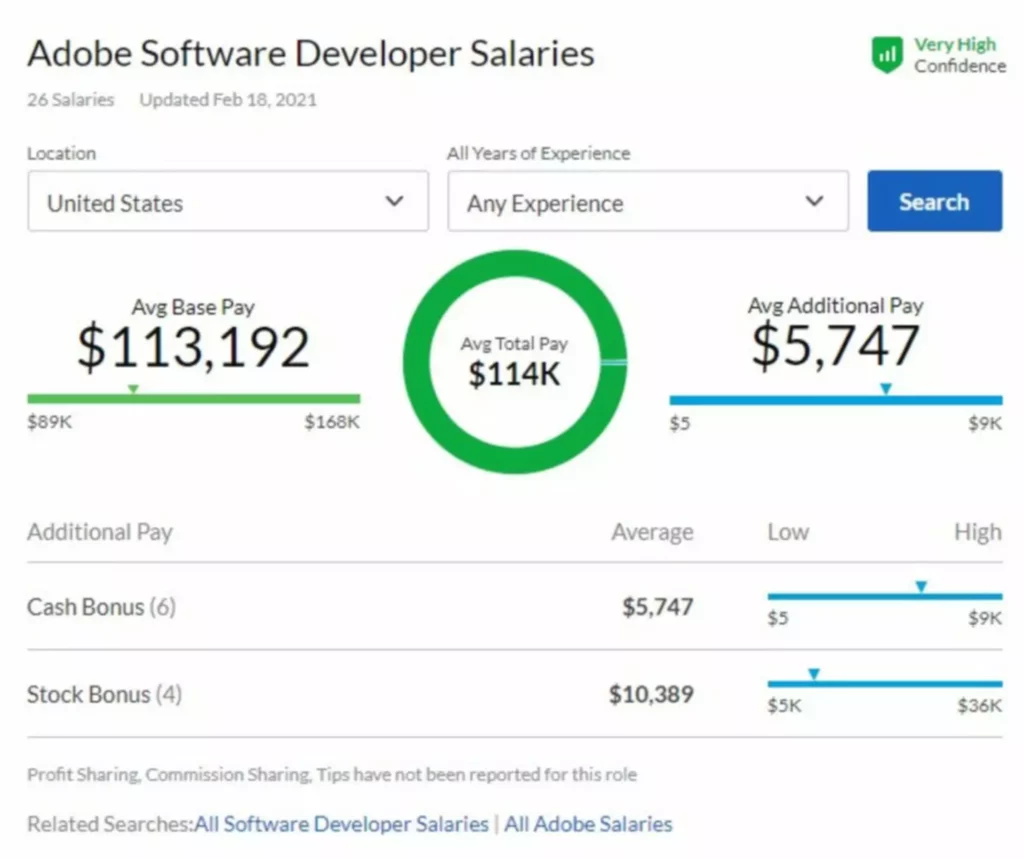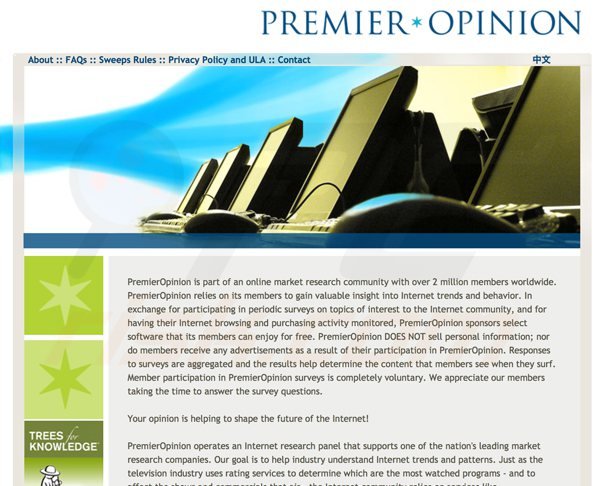
CapEx is important for companies to grow and maintain their business by investing in new property, plant, equipment (PP&E), products, and technology. Financial analysts and investors pay close attention to a company’s capital expenditures, as they do not initially appear on the income statement but can have a significant impact on cash flow. The cost of capital accounts for and enables a business to offset the costs of establishing a plant or purchasing machinery to facilitate business activities. Businesses source the funds for such projects through debt or equity financing, which becomes a company’s cost. The purchases or cash outflows for capital expenditures are shown in the investing section of the cash flow statement (CFS). When a company buys equipment, for example, they must show the cash outflow on their CFS.
CapEx vs. Operating Expenses (OpEx)
Assets for capital expenditures don’t all need to be physical assets or tangible, but instead can be intangible assets. If a company purchased a patent or a license, it could be considered a capital expenditure. Cost structure refers to the various types of expenses a business incurs and is typically composed of fixed and variable costs. Fixed costs are costs that remain unchanged regardless of the amount of output a company produces, while variable costs change with production volume.
Fixed vs. Variable Costs
This is the cost of capital that would be used to discount future cash flows from potential projects and other opportunities to estimate their net present value (NPV) and ability to generate value. Many companies use a combination of debt and equity to finance business expansion. For such companies, the overall cost of capital is derived from the weighted average cost of all capital sources. Tax-deductible startup costs generally include essential expenses for establishing a new business, such as market research, opening advertisements, and employee training salaries. The IRS allows new businesses to write off startup expenses of $10,000 in startup costs and $5,000 in organizational costs in the year the business begins. However, total startup costs must be $60,000 or less and organizational costs must be $50,000 or less.
Understanding CapEx

These expenses that are related to existing assets include repairs and regular maintenance as well as repainting and renewal expenses. Revenue expenditures can be considered to be recurring expenses in contrast to the one-off nature of most capital expenditures. Capital expenditures present several challenges for businesses, including financial constraints, risks of overinvestment, accounting complexities, and the need for long-term planning. Managing these challenges requires a comprehensive understanding of a company’s financial position, strategic objectives, and market dynamics. CapEx can be externally financed, which is usually done through collateral or debt financing. Companies issue bonds or take out loans to fund their capital expenditures or they can use other debt instruments to increase their capital investment.

Technological Expenses

This depreciation would reduce the company’s pre-tax income by $100,000 annually, reducing its income taxes. CapEx can be found in the cash flow from investing activities in a company’s cash flow statement. You may see it listed as capital spending, purchases of property, plant, and equipment (PP&E), or acquisition expenses. Here, CB&B pays its cost of debt and equity capital from its earnings, i.e., $7.5million, and recovers this cost through profiting business operations from all its chains. Thus, a successful capital structure of CB&B allows it to yield an increasing rate of returns year on year for its investors.
Separating Expenditure Budgets
The CapEx metric is used in several ratios for company analysis in addition to analyzing its investment in its fixed assets. The cash-flow-to-capital-expenditures (CF-to-CapEx) ratio relates to a company’s ability to acquire long-term assets using free cash flow. The CF-to-CapEx ratio will often capital costs examples fluctuate as businesses go through cycles of large and small capital expenditures. You can also calculate capital expenditures using data from a company’s income statement and balance sheet. Find the amount of depreciation expense recorded for the current period on the income statement.
Capital Expenditure in Free Cash Flow
For small business owners, the most likely source of financing is debt in the form of a small business loan. Business owners can often get loans from banks, savings institutions, and the U.S. For business owners who choose to follow this route, the expense of hiring these experts must be included in the business plan. Starting a business involves much more than just setting up an office or choosing furnishings. It demands careful financial planning and precise accounting, particularly in the initial stages. Capital expenditures are shown as (negative numbers) under investing activities.
Think Long Term
- For example, if an asset costs $10,000 and is expected to be in use for five years, $2,000 may be charged to depreciation each year over the next five years.
- This means that a firm must earn a rate of return that exceeds its cost of capital; otherwise, the capital investment is not worth accepting.
- As such, they don’t apply to any costs related to the production of goods and services.
- By following these best practices and understanding the difference between CapEx and OpEx, companies can ensure that their capital resources are used efficiently and effectively.
- The difference allows capitalized costs to be spread out over a longer period, such as the construction of a fixed asset.
- In this way, OpEx represents a core measurement of a company’s efficiency over time.
Companies can use expense management automation to help keep track of certain spending, including business travel. It provides insights into a company’s growth potential, financial stability, and commitment to long-term value creation. From the beginning of the project, you should choose a reliable, practical program to manage the budgeting. The type of budgeting software you choose will depend on such things as the scale of the project, the speed of the program, and the risk of error. Before starting a project, you need to find the scope of the project, work out realistic deadlines, and ensure that the whole plan is reviewed and approved. Now that we understand what cost of capital is and how to calculate cost of capital, let’s dive deeper into understanding its importance.

As the costs or expenses of the company (its liability) are the income or return of the investors (their assets), the cost of capital can be assessed from the investors’ perspective. Thus, the cost of capital represents the required https://www.bookstime.com/ rate of return that investors demand to invest in the company’s bonds and stocks. However, in the case of borrowings of a company, the weighted average cost of capital formula is determined by debt and equity sell-out.







